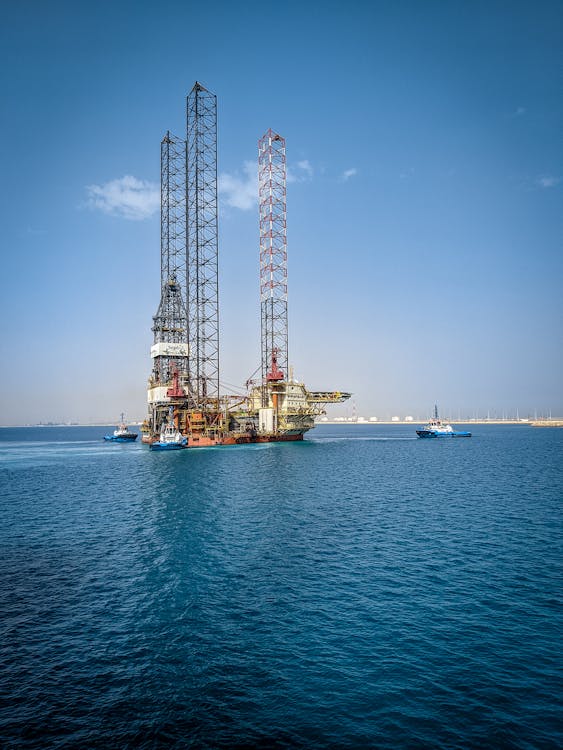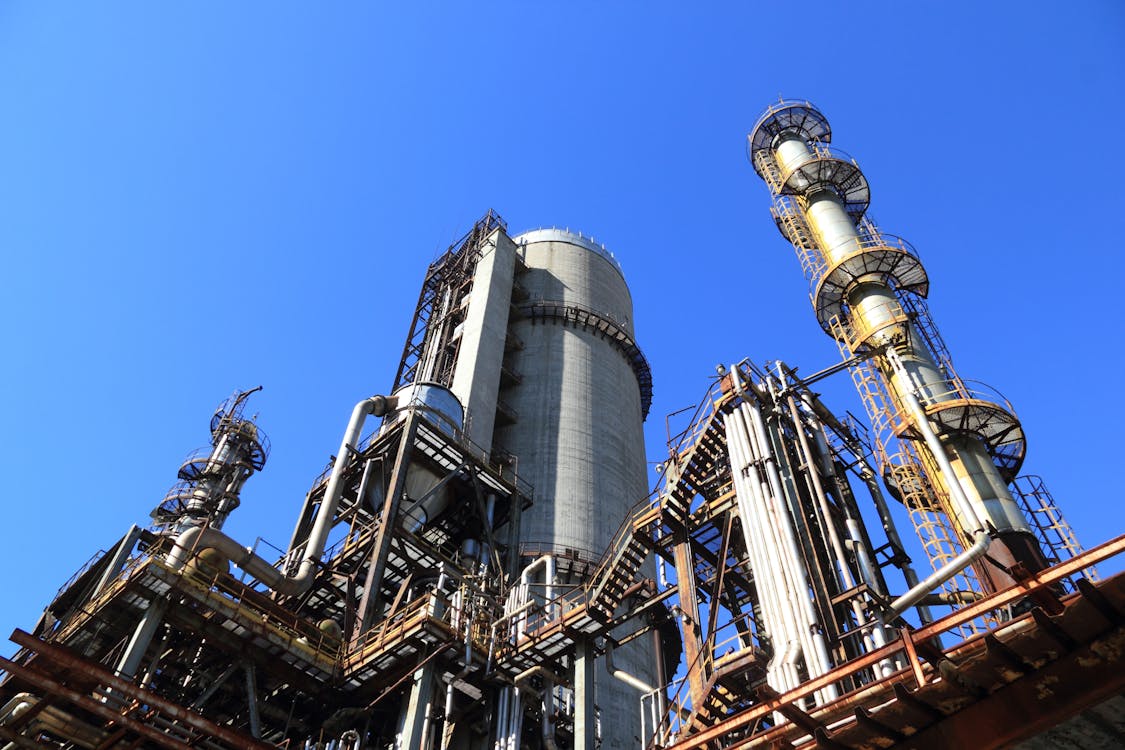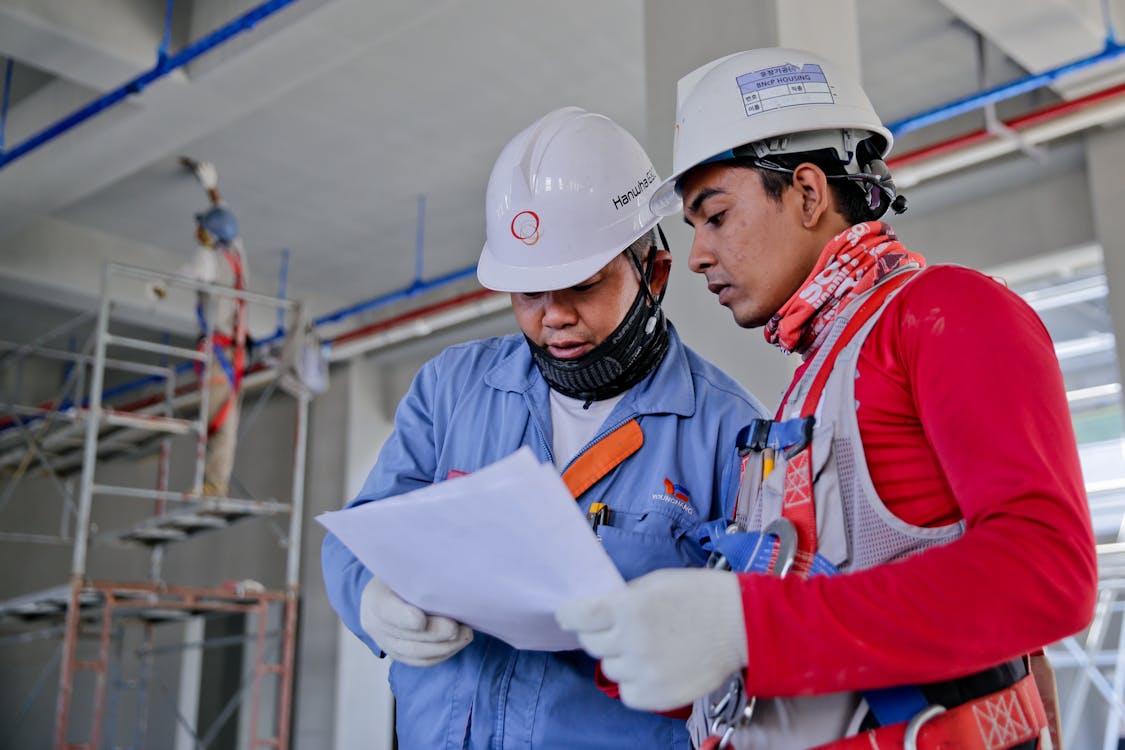In the oil and gas drilling industry, effectively managing and understanding blowouts is crucial for maintaining operational safety and efficiency. Renowned for its expertise and innovative solutions, CNPS offers an in-depth analysis of blowouts, detailing their characteristics and the most effective control methods available.
This comprehensive examination extends beyond merely recognizing a hazardous event. Its purpose is to equip industry professionals with essential knowledge and strategies for both preventing and effectively managing blowouts. Understanding the mechanisms and triggers of blowouts is fundamental for any drilling operation, as they pose significant risks, including severe safety hazards, environmental damage, and substantial economic losses.
CNPS specialists provide valuable insights into the technical aspects of blowouts, examining a range of control methods developed and refined through extensive industry experience. This guide encompasses everything from designing and implementing preventive measures to deploying emergency response strategies, underscored by CNPS’s commitment to oilfield services and equipment and energy solutions provider expertise.
For tailored solutions that address the unique challenges of blowout management, CNPS is the go-to expert.
Understanding Blowouts in Oil and Gas Drilling
A blowout represents one of the most feared incidents in oil and gas drilling. It occurs when control over the pressure in the wellbore is lost, leading to an uncontrolled release of crude oil and/or natural gas from the well. This can happen during drilling, testing, completion, or production.
Blowouts can lead to catastrophic consequences, including fire hazards, environmental pollution, and substantial financial losses. They are not only a threat to the safety of drilling personnel but also pose significant risks to nearby communities and ecosystems.
Understanding the underlying causes of blowouts, such as equipment failure, human error, or unexpected geological pressures, is crucial in developing effective prevention and response strategies. Thorough training, rigorous safety protocols, and the latest technological innovations, including the use of mud logging unit equipment, are essential components of a robust blowout prevention plan.
For in-depth insights into blowout prevention and the latest in safety technology, contact CNPS. Our team of experts is ready to assist you with state-of-the-art solutions and tailored strategies to enhance the safety and efficiency of your drilling operations. Reach out to CNPS for more information and expert guidance on managing the risks associated with blowouts.

1. Blowout Preventers (BOPs)
- Function: BOPs are critical safety devices installed at the wellhead to control well pressure and prevent blowouts. They come in various types, such as Annular BOPs and Ram BOPs, each designed for specific operational needs. Annular BOPs can seal around various pipe diameters, while Ram BOPs use steel rams to shut off the well, making them a crucial part of oilfield services and equipment.
- Application: Used in almost every drilling operation, BOPs can seal the well, control the release of fluids, and cut through the drilling pipe if necessary. Their versatility and robustness make them an indispensable tool in maintaining well safety and are essential in comprehensive oil and gas equipment solutions.
- Effectiveness: The reliability of BOPs in controlling blowouts is proven, but they must be tested regularly and maintained to ensure functionality. This includes routine inspections, pressure tests, and updates based on the latest safety standards and technological advancements, demonstrating CNPS’s role as a global energy services & equipment provider.
2. Mud Weight Management
- Function: The drilling mud used in operations exerts pressure on the wellbore. Adjusting its weight is a primary method to counteract unexpected pressure surges. The right mud weight balances the formation pressure, preventing the inflow of gas or oil into the wellbore.
- Application: Proper calculation and adjustment of mud weight are essential in maintaining well control, especially when drilling through varying geological formations. It’s a delicate balance—too much weight can cause formation damage, while too little can lead to a blowout.
- Effectiveness: While effective, this method requires continuous monitoring and adjustments to adapt to changing well conditions. Advanced mud logging tools and real-time monitoring systems are often employed to ensure the mud weight is optimized for specific drilling conditions, part of CNPS’s mud logging equipment solution.
3. Diverters
- Function: Diverters are used to redirect the flow of gases and fluids away from the rig in the event of a blowout. They act as a first line of defense, channeling the uncontrolled flow away to minimize immediate risks.
- Application: They are typically used in offshore drilling operations where there are higher risks of uncontrolled fluid releases. In these settings, diverters play a crucial role due to the additional complexities posed by the marine environment.
- Effectiveness: Diverters are essential for initial blowout control but are not a substitute for a full BOP system. While they provide immediate response capability, they are part of a broader array of safety measures needed to ensure comprehensive well control.

4. Relief Wells
- Function: Drilling a relief well to intersect with the blown-out well allows for the introduction of heavy drilling fluid to regain control. This method involves drilling a new well that intersects with the problematic well at a specific depth.
- Application: This is often a last resort method used when other blowout control techniques have failed. The process requires precise planning and execution due to the complexity of intersecting with the blown-out well.
- Effectiveness: Although time-consuming and expensive, relief wells are highly effective in controlling large blowouts. Their success hinges on the accuracy of drilling and the ability to stabilize the situation through the injection of heavy fluids.
5. Pressure Control Drilling
- Function: This method involves using specialized techniques to manage wellbore pressure dynamically. It includes methods like Managed Pressure Drilling (MPD) and Underbalanced Drilling (UBD), allowing precise pressure management.
- Application: Used in situations where conventional mud weight management is not feasible or safe, illustrating the importance of geothermal energy solutions in challenging environments. This is particularly relevant in formations with narrow pressure margins or when drilling through highly reactive shales.
- Effectiveness: Pressure control drilling is an advanced method that effectively prevents blowouts in challenging drilling environments. By providing real-time monitoring and control of wellbore pressure, these techniques greatly reduce the likelihood of a blowout occurrence.
6. Early Detection Systems
- Function: Incorporating advanced sensors and monitoring systems for early detection of abnormal pressure changes or gas influxes. These systems use a range of technologies, including acoustic sensors, pressure transducers, and flow meters, to continuously monitor well conditions.
- Application: These systems are integrated into the drilling apparatus to provide real-time data and alerts. By doing so, they offer an invaluable tool for monitoring well stability and identifying potential issues before they escalate.
- Effectiveness: Early detection is key in blowout prevention, allowing for timely interventions before a full-scale blowout occurs. The effectiveness of these systems lies in their ability to provide accurate, real-time information, enabling drilling teams to make quick decisions to maintain well control.

7. Training and Simulations
- Function: Comprehensive training programs and simulation exercises for drilling personnel to prepare for blowout scenarios. These training programs often include the use of advanced simulators that mimic real-life drilling conditions and blowout situations, allowing crews to practice their response in a controlled environment.
- Application: Regular training and drills ensure the crew is knowledgeable and ready to respond effectively to a blowout. Such training is not only about handling equipment but also about understanding well control principles and decision-making under pressure.
- Effectiveness: Well-trained personnel are crucial in blowout prevention and control, significantly reducing the risk of accidents. The effectiveness of training and simulations is seen in the increased confidence and competence of personnel in handling potential blowout situations.
Managing and Preventing Blowouts: A Holistic Approach
Blowout prevention and control require a multifaceted approach, combining advanced technology, rigorous safety protocols, and continuous training. It’s about creating a culture of safety where prevention is as crucial as the response.
Regular audits, safety checks, and adherence to industry standards, such as those set by API 15lr and API 15hr, significantly mitigate the risks associated with blowouts. This holistic approach also involves collaboration with various stakeholders, including equipment manufacturers, safety experts, and regulatory bodies, to ensure that all aspects of blowout prevention and control are addressed comprehensively. By incorporating standards like API 15lr pipe and API 15hr pipe in equipment specifications, the industry can enhance safety measures and ensure consistent quality across all drilling operations.

Partner with CNPS for Blowout Control and Prevention
Navigating the complexities of blowout control and prevention demands expertise and access to state-of-the-art technology. CNPS, with its deep industry knowledge and innovative solutions, is your ideal partner in ensuring the safety and integrity of your drilling operations.
From advanced BOP systems to mud logging unit training and early detection technologies, CNPS offers a comprehensive range of services and equipment to safeguard your operations against blowouts. Our expertise extends to fiberglass reinforced pipe systems, reinforced thermoplastic pipes (RTP), and flexible composite pipes, ensuring robust and versatile solutions for any drilling scenario.
For a deeper understanding of blowout control methods and how CNPS can assist in fortifying your operations, reach out to us at [email protected] or call +86 183 546 39099. Let us help you elevate your operational safety standards and implement robust blowout control strategies with our oilfield services and equipment.
Join CNPS in mastering the art and science of blowout control. Together, we can enhance safety and efficiency in the oil and gas industry, turning challenges into opportunities for growth and innovation, supported by our comprehensive oil and gas equipment solutions and oil and gas solution expertise.


